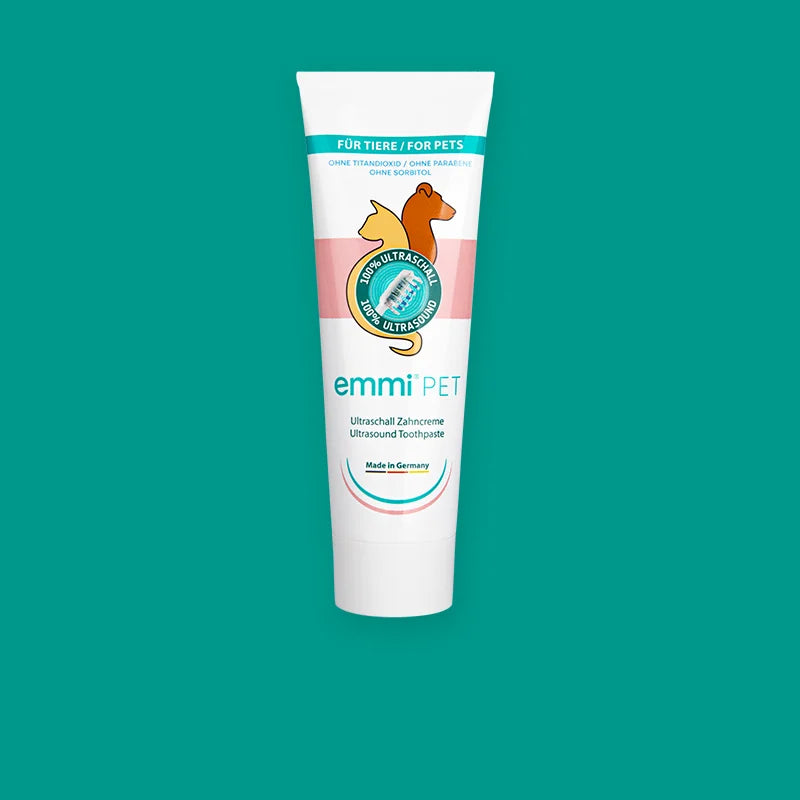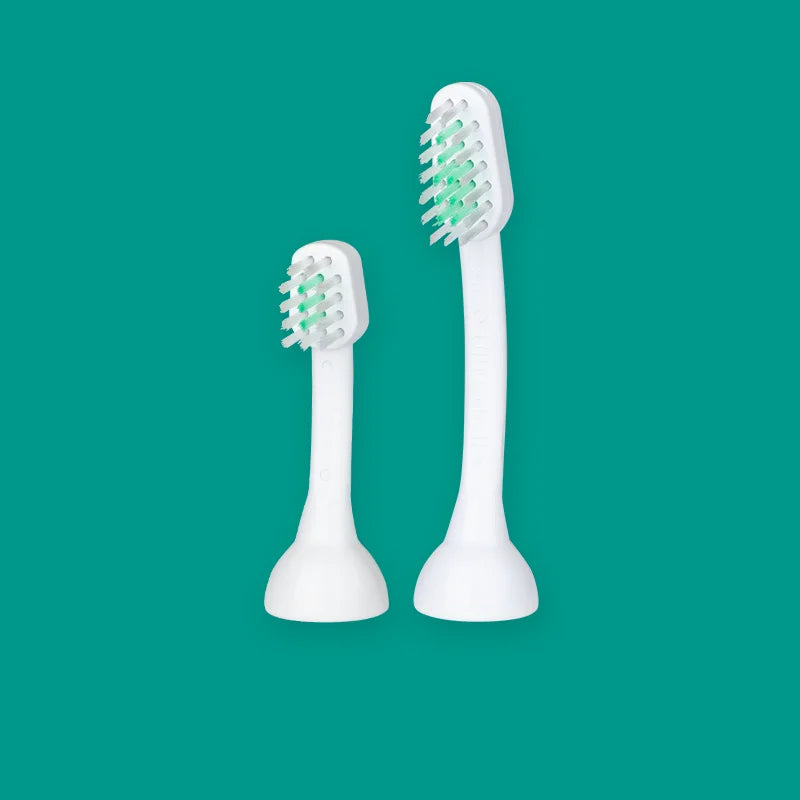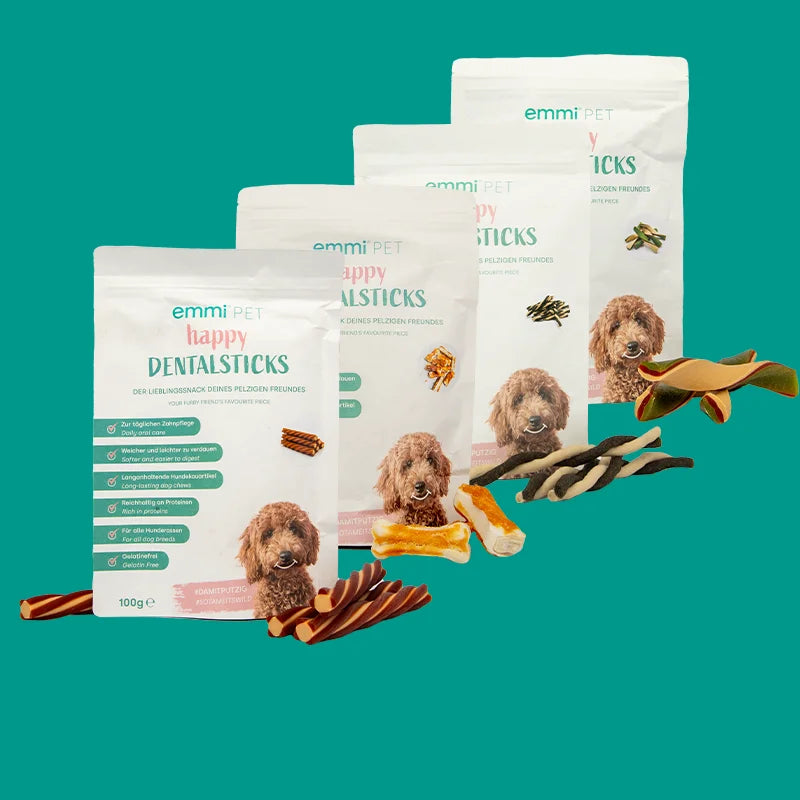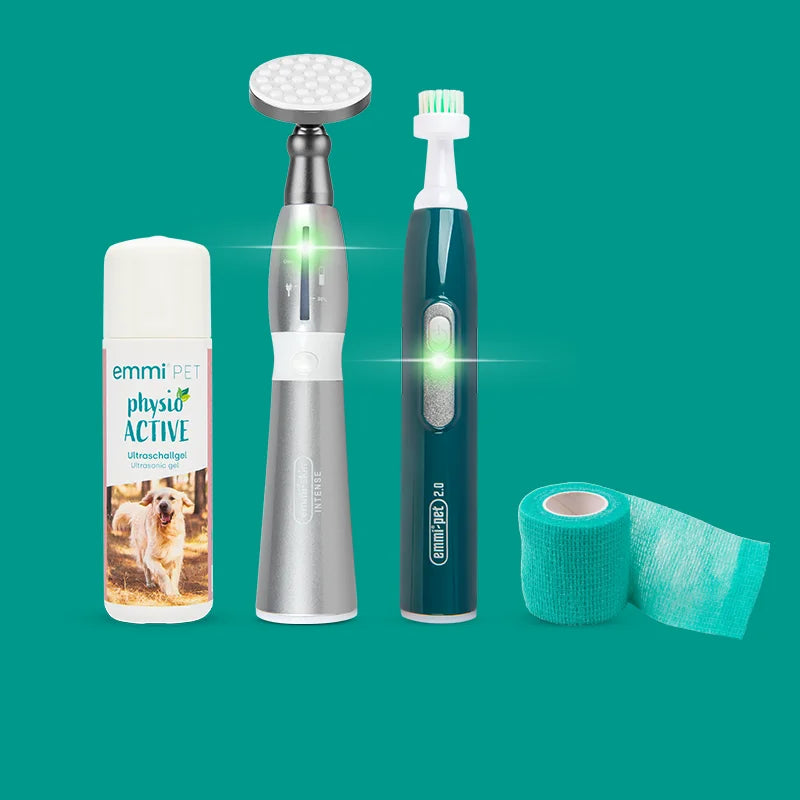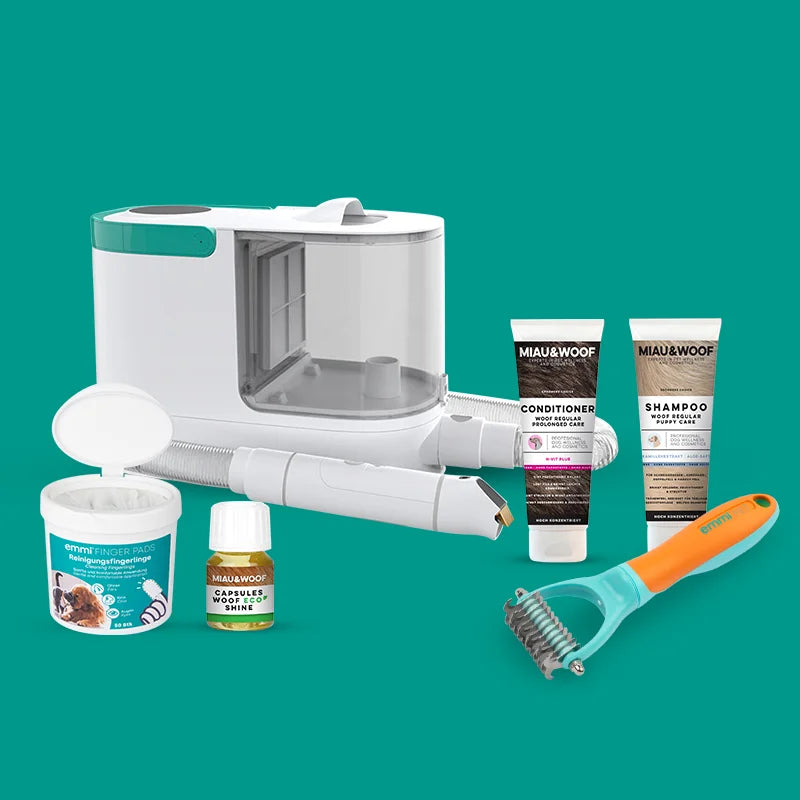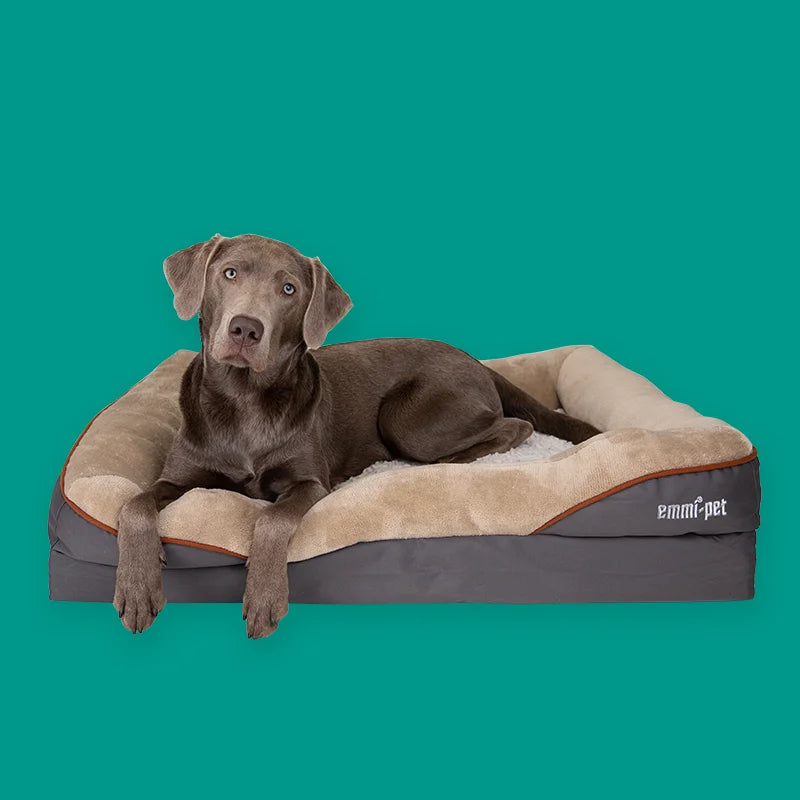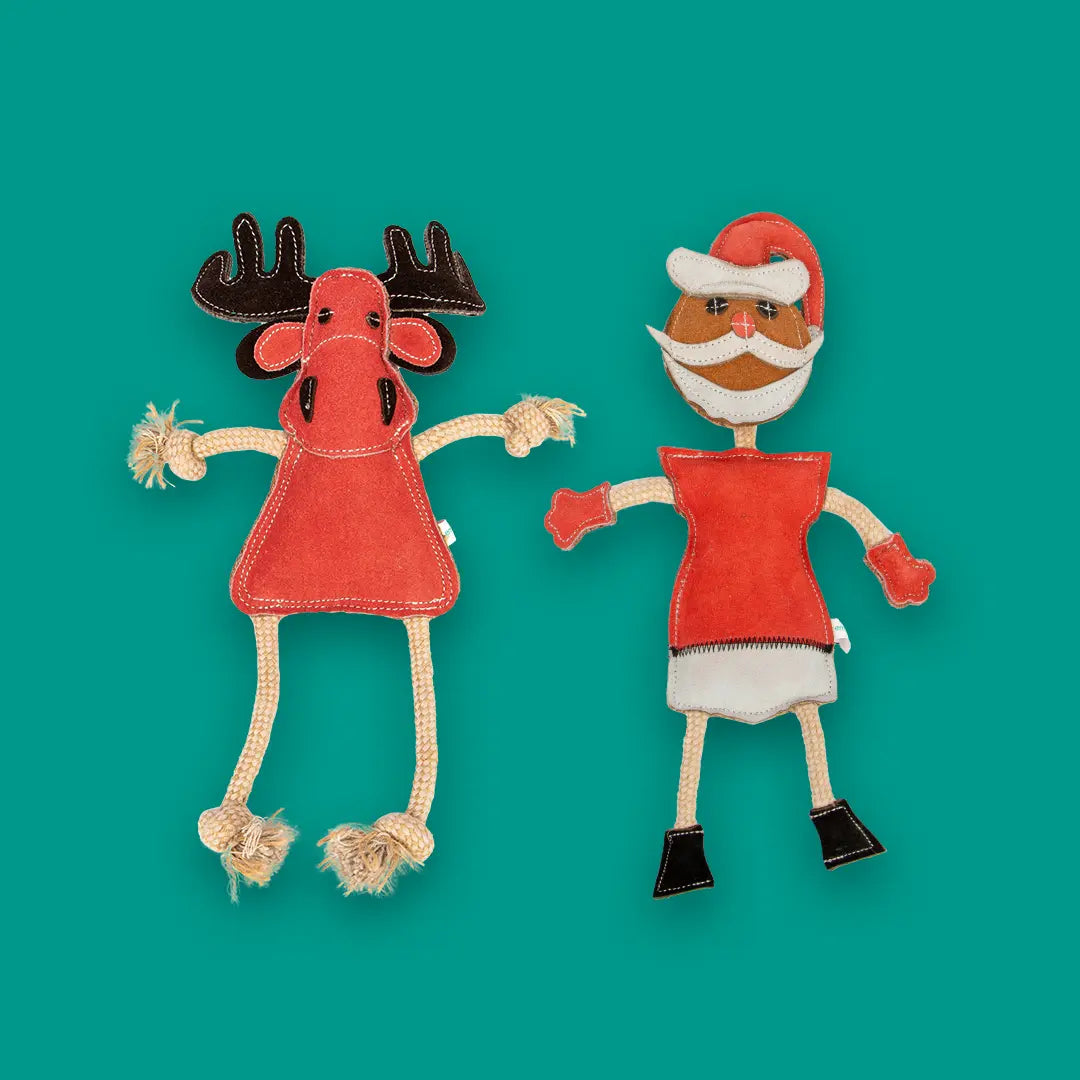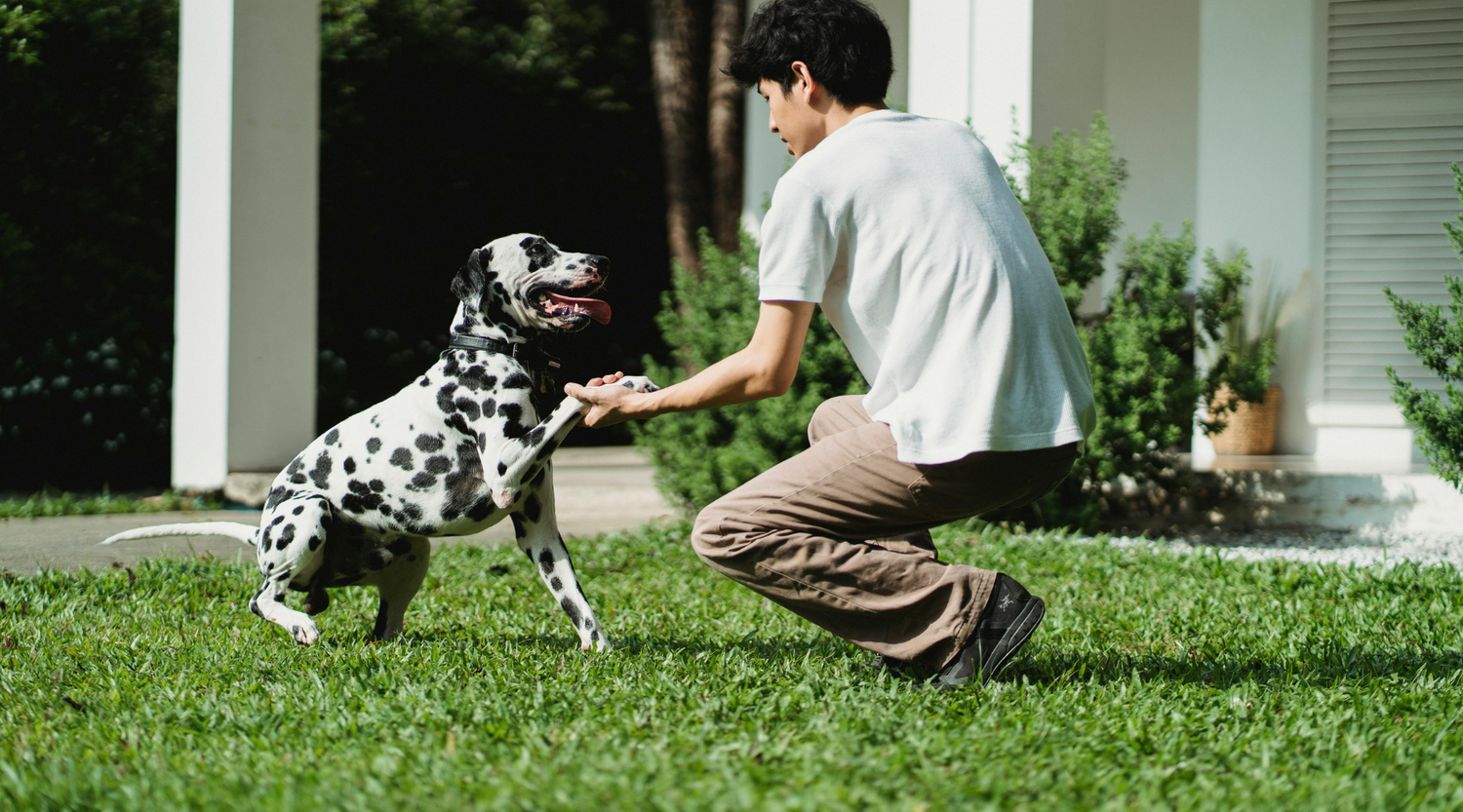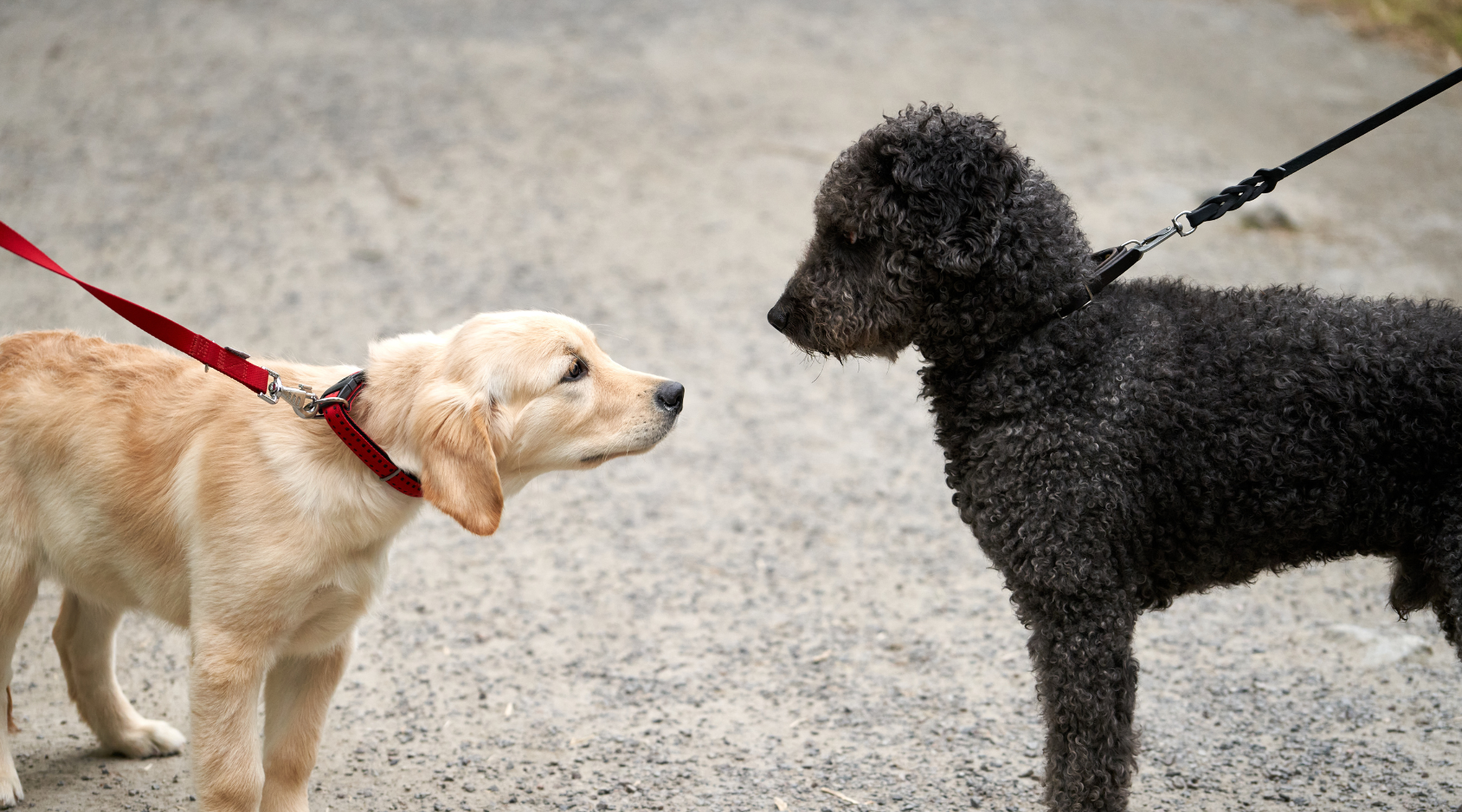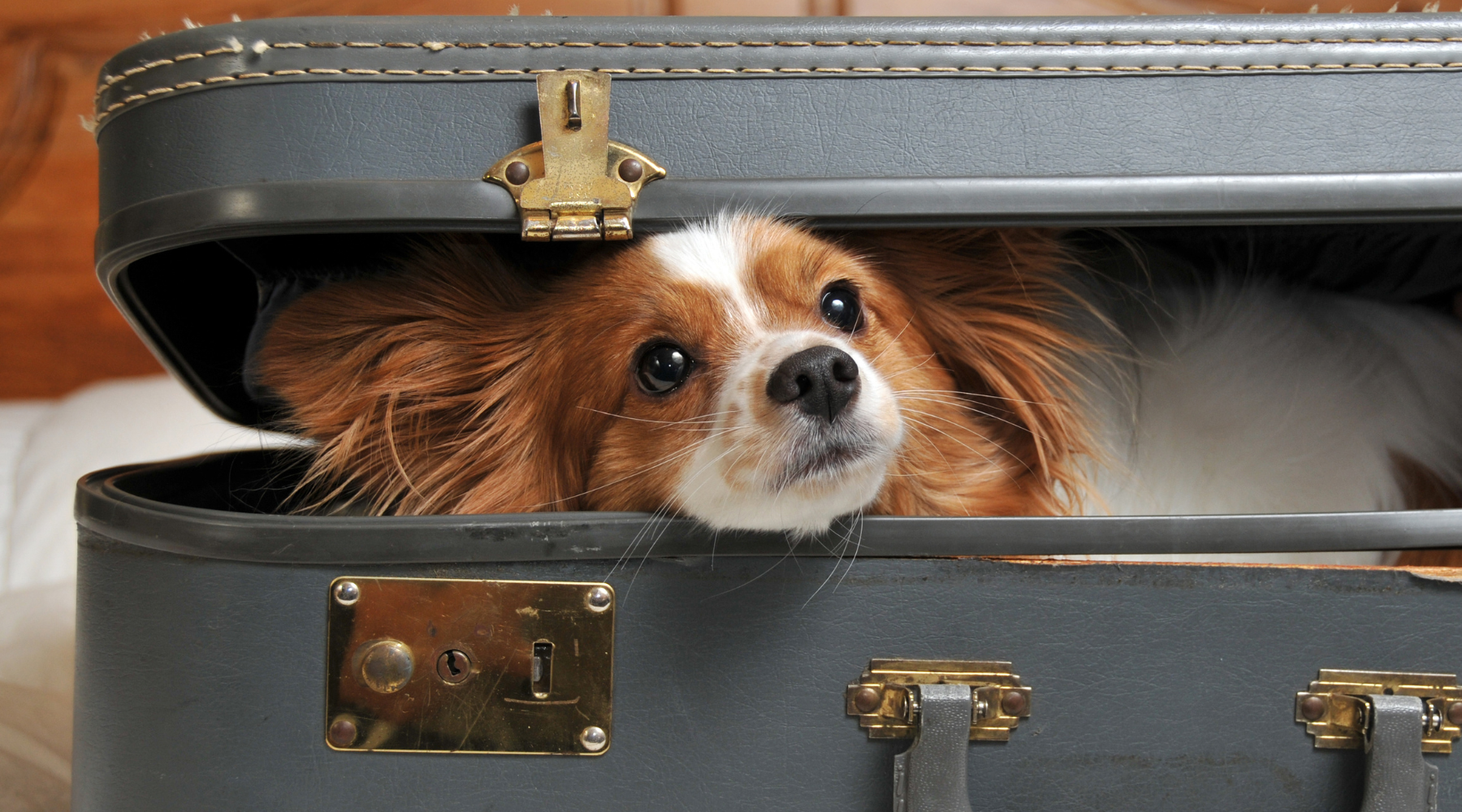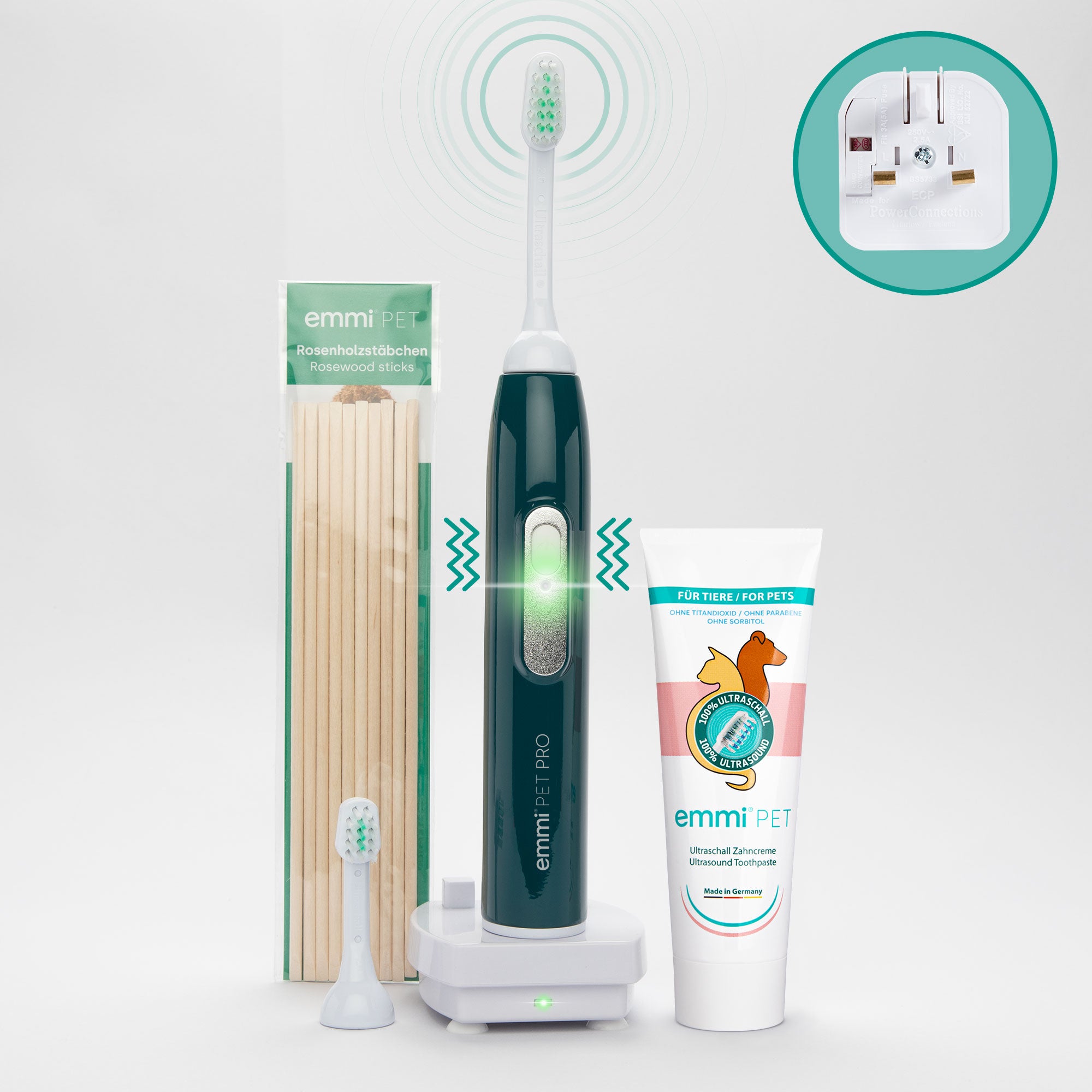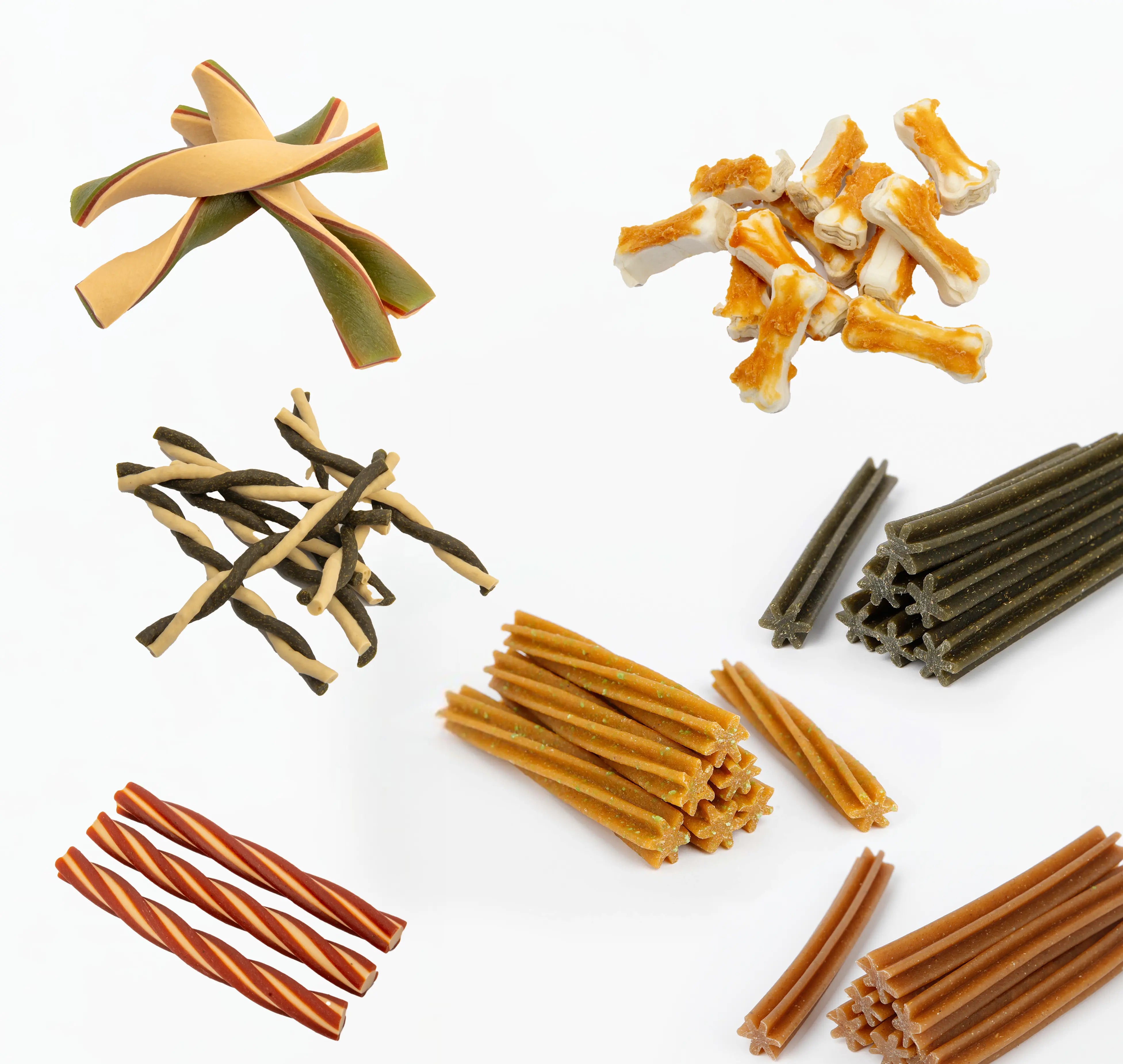A jogger whizzing by, a rustling leaf, the smell of treats in your jacket pocket—little things for us humans, but often an emotional trigger for dogs. And not every four-legged friend can remain calm. Many dogs react impulsively: they jump, bark, pull on the leash, or completely lose their composure.
But it is precisely in these moments that one of the most important skills in living with your dog becomes apparent: his impulse control.
This article shows you what impulse control actually is, why it's so crucial for everyday life—and how you can develop it purposefully. Without any pressure, but with empathy, patience, and a few small tools that make a big difference.
What does impulse control actually mean for dogs?
Impulse control is the ability to perceive a stimulus and yet consciously avoid reacting to it. Often taken for granted by humans, it's a true art for dogs.
If your dog doesn't pounce on a ball that flies past him. If he doesn't bark when the doorbell rings. Or if he stays calm even though his bowl is already in front of him – then he's demonstrating precisely this valuable ability: self-regulation. Not because he has to. But because he can.
It's important to understand: No dog is born with impulse control. It's not a character trait, but a process—a learning path. Like small children, who only gradually understand that you don't have to have or do everything right away.
Some dogs are naturally more relaxed. Others are naturally more lively, quick, and sensitive. But regardless of temperament, every dog can learn to control their reactions. And that's precisely the key to a harmonious, safe relationship.
A dog that can control its impulses is not only easier to manage in everyday life—it is also more stable internally. It experiences less stress, can deal better with stimuli, and feels more secure in its environment. And it is precisely this feeling—security—that is the foundation for trust.
Why is impulse control so important in everyday life?
Impulse control is far more than just practical behavioral training. It's the foundation for almost everything that works—or doesn't work—in everyday life between humans and dogs.
A dog with well-developed impulse control remains calm when things get hectic. He doesn't react immediately to everything , but is able to pause. He can be spoken to in difficult moments and remains responsive, even when something exciting or scary is happening outside.
During dog encounters, during walks through busy streets, at the vet, or during visits—wherever your dog is bombarded with multiple stimuli simultaneously, impulse control makes the difference. Between reaction and conscious decision, between stress and trust.
A dog that has learned not to give in to every impulse is:
- more balanced in dealing with other dogs ,
- quieter when the doorbell rings ,/li>
- easier to lead on a leash ,
- more cooperative during care or veterinary visits ,
- and overall safer in his environment .
In short: Impulse control isn't just helpful—it's essential. Especially in a world where dogs are constantly confronted with stimuli: traffic, children, cyclists, unfamiliar smells, noises, movements.
It also provides noticeable relief in everyday life at home—for example, when you brush your dog's teeth, groom him, or entertain visitors. The better your dog learns to tolerate stimuli and stay with you, the easier daily interaction becomes.
How does a lack of impulse control manifest itself?
Lack of impulse control isn't a problem that announces itself loudly—it shows up in the small, often overlooked moments of everyday life. In situations that seem inconspicuous but reveal a lot about your dog's inner arousal level.
For example, when your dog immediately jumps up as soon as you grab the leash—because the excitement of anticipation overwhelms him. Or when he bolts through the door without waiting for your signal—not out of disobedience, but because his impulse was faster than his decision.
Maybe he squeaks, whines, or barks whenever you leave the room, even for a moment. Not because he wants to control you, but because he hasn't learned how to handle the resulting unrest. Or he squirms while you're brushing him, turns away when you try to look at his teeth—not because he doesn't want to, but because he lacks the inner calm to let you hold him.
And then there's the situation outside that many owners are familiar with: A stimulus—another dog, a bicycle, a noise—and your dog jumps on the leash as if there was only one thought: React. Now. Immediately.
These reactions aren't "wrong," they're not evil, and they're not stubborn. They're expressions of a lack of strategy for dealing with strong stimuli. Your dog isn't doing the wrong thing—he simply can't help it (yet). And that's precisely where we can begin with understanding and training.
The path to peace begins small
Impulse control isn't a switch you can flip—it's a muscle that grows with each repetition. And like any muscle, it's not trained in extreme situations, but in everyday life. Where stimuli can be controlled. Where you can leave room for mistakes. And where your dog learns that calm pays off.
This starts in the morning, at feeding time. Don't let your dog rush frantically to the bowl—instead, ask him to sit and look at you before you give the signal. Not as a check, but as an invitation to think along with you.
When walking: Wait to put your dog on the leash until he's calm. Not out of compulsion, but because you want to teach him that clear thinking also brings movement.
Or during a game: Stop throwing the ball if your dog gets excited or grabs your hands. Start again when he calms down. This creates a quiet lesson: It's not speed that makes the game work – it's focus.
These small decisions—daily, mindful, loving—form new connections in your dog's brain. "If I stay calm, things will continue. If I storm, nothing will happen." This simple realization is often the beginning of a new relationship.
And suddenly, very slowly, something changes: Your dog is waiting. He's looking at you. He's breathing with you. Not because he has to. But because he's learned that calmness connects – and that you're there when things get hectic.
Training for more impulse control – here’s how
Here are a few effective exercises that you can integrate into your daily routine:
- Stay-at-home training: Gradually build up the ability to stay seated – with distractions, distance, and time. Reward patience.
- Door control: Only open the front door when your dog is calm – not when he is pushing.
- Stimulus control: When your dog sees a ball or food, wait for eye contact before giving the signal.
- Grooming cues: Gently touch your dog on sensitive areas and reward him when he remains calm.
It's important that you build up the exercises in small steps . Success strengthens, while overexertion blocks. Every step forward—no matter how small—is a victory.
Care as a calm ritual of trust
An often underestimated area for promoting impulse control is caregiving.
If your dog lies still while you brush him or care for his teeth, it not only strengthens your bond but also his ability to tolerate stimuli.
Many dogs find dental care unpleasant or threatening – especially if they are not used to noise, pressure or movement.
Our emmi-pet PRO sets new standards here: It operates completely silently, without vibration, without rotating movements – ideal for sensitive or anxious dogs.
This transforms dental care from a stressful moment into a ritual. A moment of closeness, calm, and security.
Special dogs, special pace
Dogs from shelters or with a troubled past often need more time. Sometimes they first need to learn that stimuli aren't dangerous—and that they actually have a choice about how they react.
Harsh training methods won't help here, but rather a sensitive, calm approach. Clear structures. Routines. Care that doesn't demand, but rather supports.
Impulse control also means allowing the dog to slow down.
What you should avoid
- Pressure.
- Frustration.
- Overwhelm.
Punishments, tugging on the leash, or loud commands have the opposite effect of what you want: they increase excitement—not control.
Better: Breathe. Pause. Turn around. Repeat. And in between, just praise when nothing happens.
Because that's exactly the goal: A dog that doesn't constantly react to everything. But one that can decide when it needs to – and when it doesn't.
Impulse control changes everything – gently
Impulse control isn't a trick. It's not a command. It's not a method. It's a relationship account you can deposit into daily.
With structure, with loving consistency—and with moments when your dog realizes: "I can stay calm. And I'm not alone in this."
Whether during training, a walk, or grooming: every small step towards peace is a big step in your relationship.
Our emmi-pet PRO ultrasonic toothbrush supports you not only as a toothbrush, but also as a silent helper for trust, relaxation, and closeness. It turns grooming into a bonding experience – without words, but with impact.
And that is perhaps the greatest form of control: the decision to remain calm – together.

